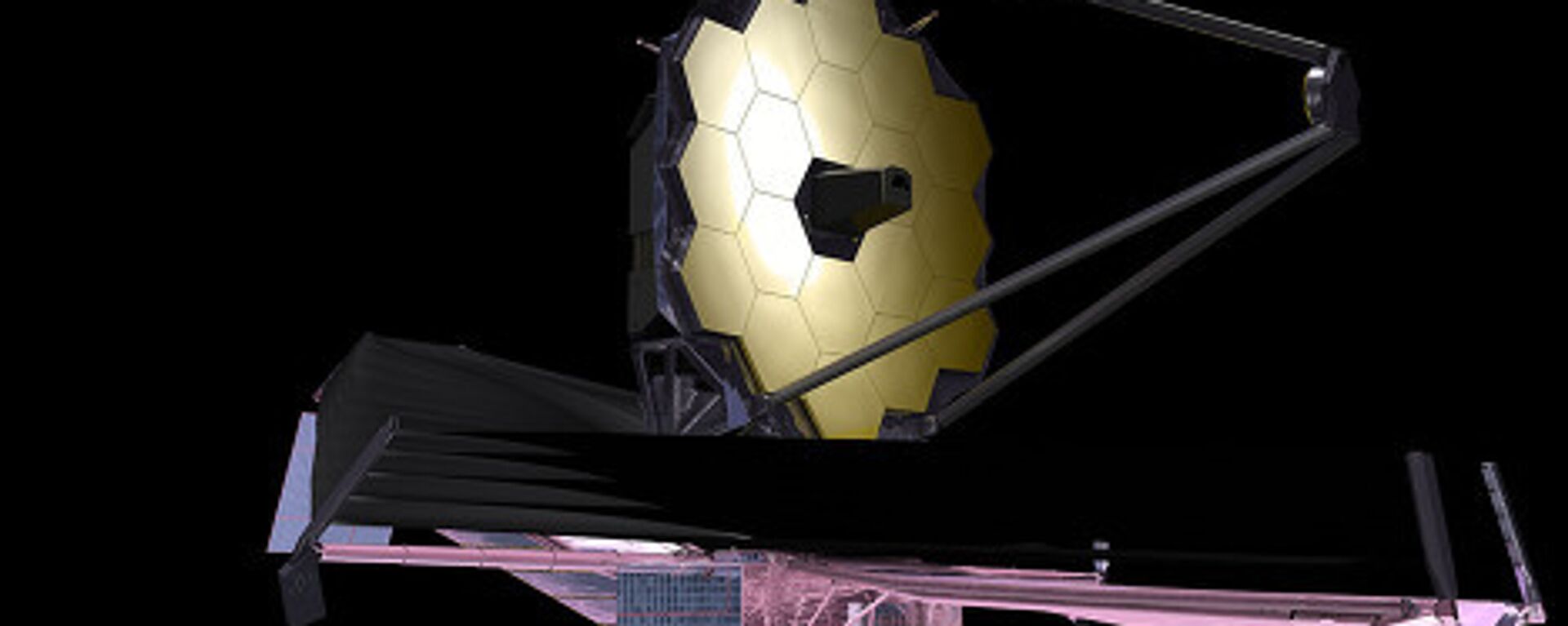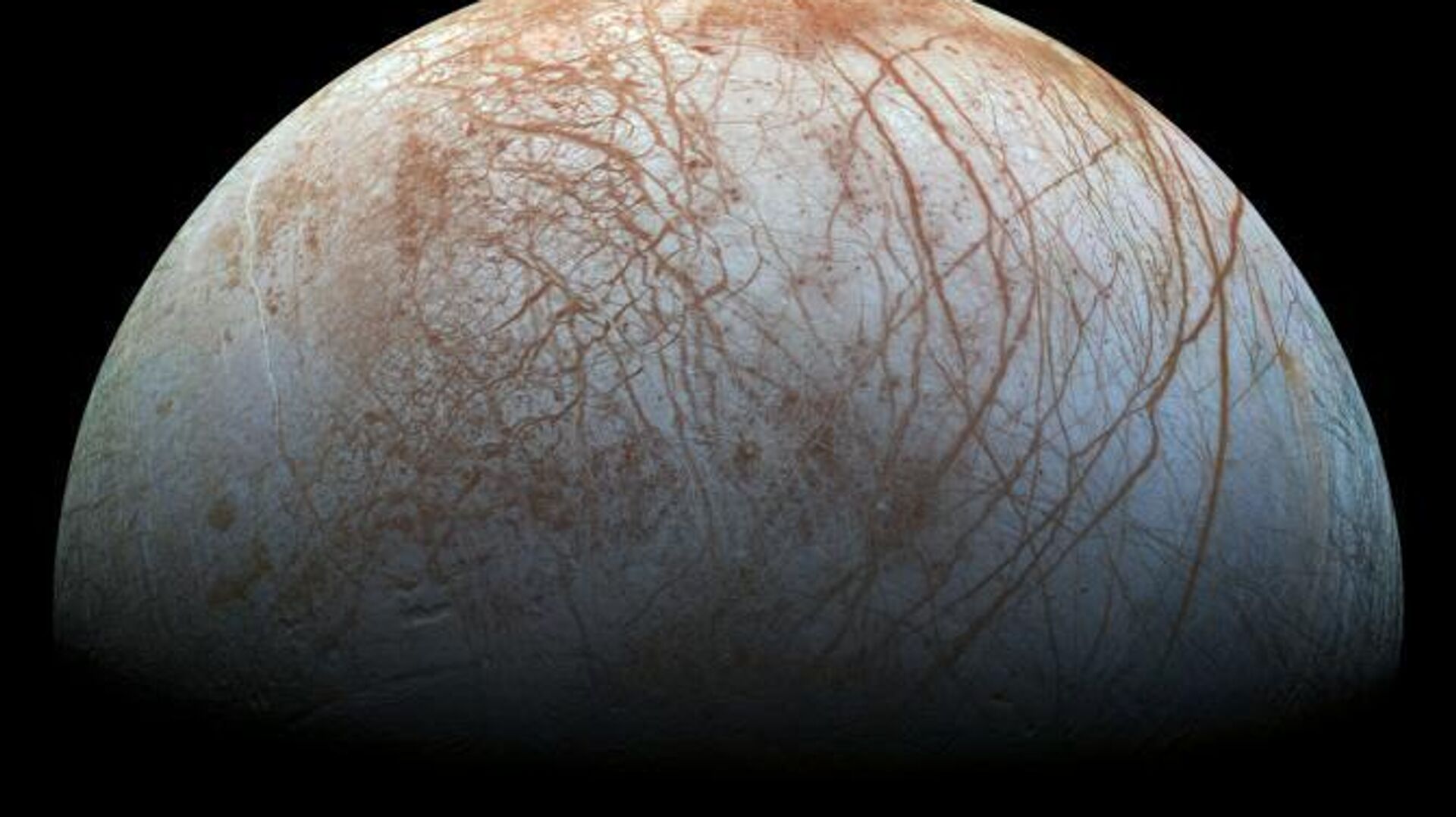https://sputnikglobe.com/20221020/presence-of-oxygen-may-not-equal-planetary-life-scientists-allege-1102472672.html
Presence of Oxygen May Not Equal Planetary Life, Scientists Allege
Presence of Oxygen May Not Equal Planetary Life, Scientists Allege
Sputnik International
The mechanism explored by the authors of the new research may explain why some of Jupiter’s moons have oxygen but do not host life. 20.10.2022, Sputnik International
2022-10-20T17:54+0000
2022-10-20T17:54+0000
2022-10-20T17:54+0000
science & tech
oxygen
production
study
https://cdn1.img.sputnikglobe.com/img/07e6/03/1a/1094222738_0:60:671:437_1920x0_80_0_0_0b2ad9c3059451c256810f0650eb0b27.jpg
The presence of oxygen on exoplanets may not necessarily be a sign of life thriving on those distant worlds, a study published in Science Advances has suggested.Produced in vast quantities by plants and bacteria on our planet, oxygen is vital to life on Earth. The new research, however, points out that this gas is not necessarily produced through photosynthesis, but can also come from an abiotic source.One such source, the researchers postulated, is sulfur dioxide, a substance that can be ejected into the atmosphere during volcanic eruptions and which is found on many planets.Subjected to stellar radiation of sufficient power, molecules of sulfur dioxide could undergo double ionization, which may result in sulfur atoms breaking up, “leaving behind a simple positively charged oxygen molecule O2+”, a press release by the University of Gothenburg noted.That molecule can then be neutralized by receiving an electron from another molecule, thus resulting in the creation of abiotic O2.This mechanism may explain the presence of oxygen on apparently lifeless moons of Jupiter such as Io, Europa and Ganymede, the press release informed.The researchers now seek to determine whether other molecules might behave in a similar way if subjected to double ionization.“We want to see if it also happens then, or if it was just a happy coincidence with sulfur dioxide,” Feifel remarked.
https://sputnikglobe.com/20220826/webb-telescope-detects-carbon-dioxide-in-giant-exoplanet-700-light-years-away---nasa-1100006539.html
Sputnik International
feedback@sputniknews.com
+74956456601
MIA „Rossiya Segodnya“
2022
Sputnik International
feedback@sputniknews.com
+74956456601
MIA „Rossiya Segodnya“
News
en_EN
Sputnik International
feedback@sputniknews.com
+74956456601
MIA „Rossiya Segodnya“
Sputnik International
feedback@sputniknews.com
+74956456601
MIA „Rossiya Segodnya“
science & tech, oxygen, production, study
science & tech, oxygen, production, study
Presence of Oxygen May Not Equal Planetary Life, Scientists Allege
The mechanism explored by the authors of the new research may explain why some of Jupiter’s moons have oxygen but do not host life.
The presence of oxygen on exoplanets may not necessarily be a sign of life thriving on those distant worlds, a study published in Science Advances has suggested.
Produced in vast quantities by plants and bacteria on our planet, oxygen is vital to life on Earth. The new research, however, points out that this gas is not necessarily produced through photosynthesis, but can also come from an abiotic source.
One such source, the researchers postulated, is sulfur dioxide, a substance that can be ejected into the atmosphere during volcanic eruptions and which is found on many planets.
Subjected to stellar radiation of sufficient power, molecules of sulfur dioxide could undergo double ionization, which may result in sulfur atoms breaking up, “leaving behind a simple positively charged oxygen molecule O2+”, a press release by the University of Gothenburg noted.
That molecule can then be neutralized by receiving an electron from another molecule, thus resulting in the creation of abiotic O2.

26 August 2022, 00:11 GMT
This mechanism may explain the presence of oxygen on apparently lifeless moons of Jupiter such as Io, Europa and Ganymede, the press release informed.
“We also suggest in our article that this happens naturally on Earth,” said Raimund Feifel, one of the authors of the new study.
The researchers now seek to determine whether other molecules might behave in a similar way if subjected to double ionization.
“We want to see if it also happens then, or if it was just a happy coincidence with sulfur dioxide,” Feifel remarked.


